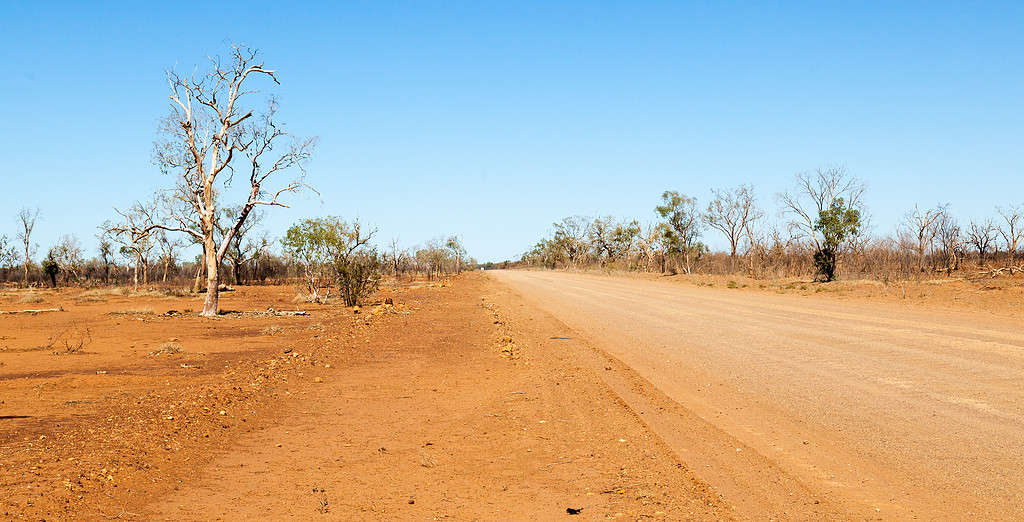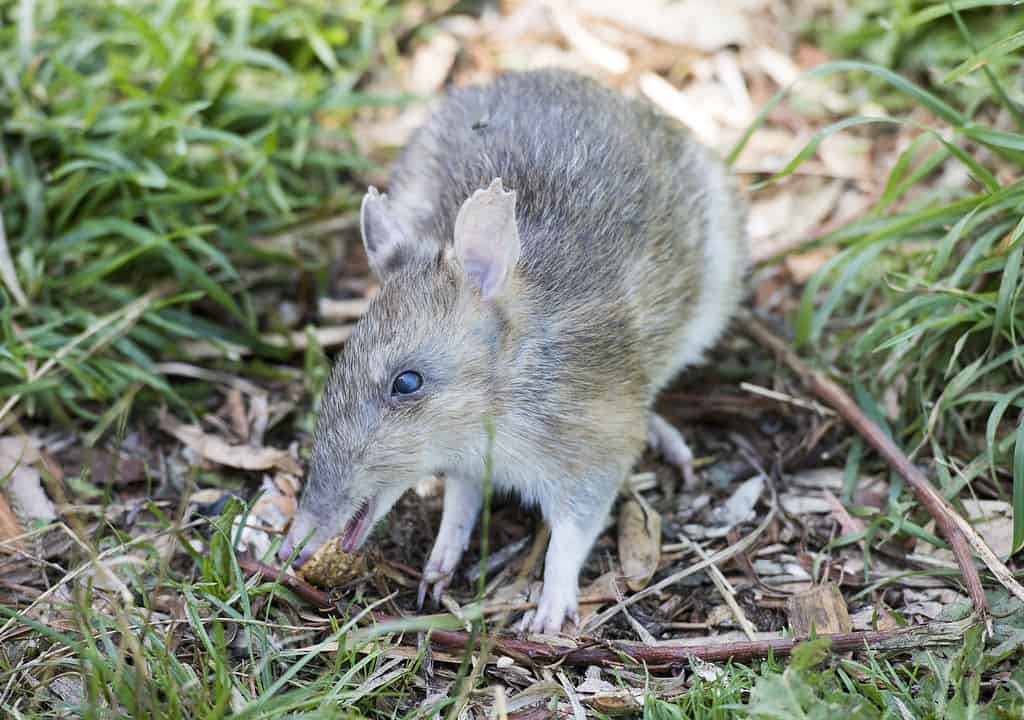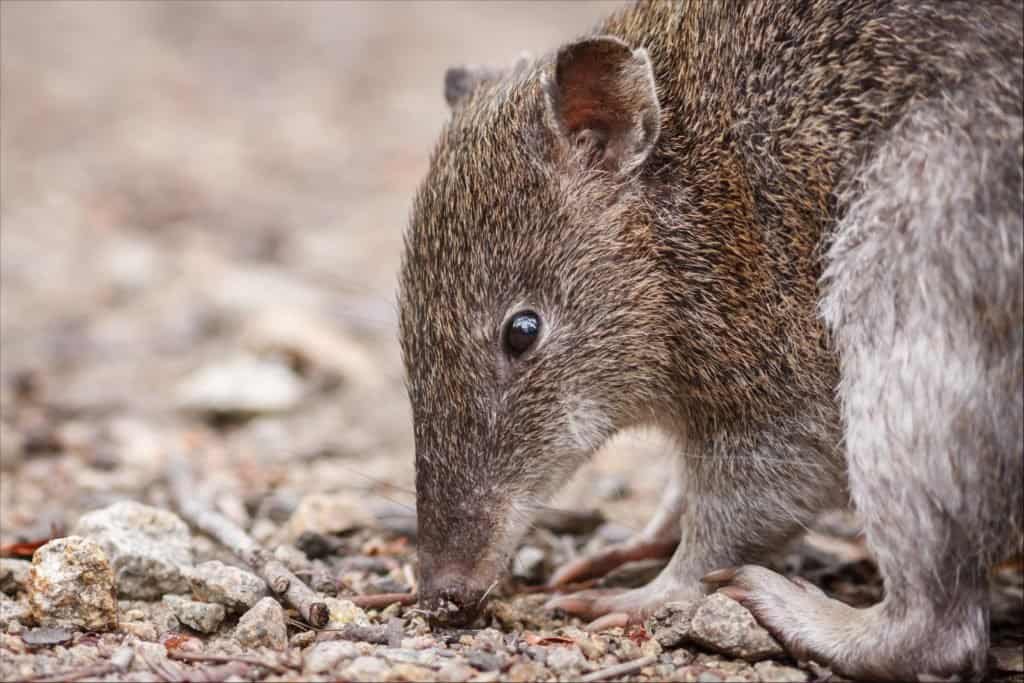There are many facts that people would not know about without popular culture. Whether it is a historical event or the existence of an animal, many people learn from a TV show or video game that this thing or event existed. One example is the Crash Bandicoot video game. Before this game, not very many people knew about the kind of animal the main character represented. Even now, you might wonder, what kind of animal is Crash Bandicoot? Keep reading to find out!
Who Is Crash Bandicoot?
For anyone who may not know, Crash Bandicoot was the character that made the bandicoot a somewhat commonly known animal. When the original Crash Bandicoot game came out for the Sony PlayStation in 1996, this genetically modified eastern barred bandicoot with superpowers made people aware of the existence of these marsupials.
What Kind of Animal Is Crash Bandicoot?
Crash Bandicoot is actually an extinct species of bandicoot. His scientific name is actually Crash bandicoot. This is a genus with only one single species. The character has similarities to the modern Peramelid family of bandicoots.
The term “crash” is a reference to the fact that this animal appeared at a Riversleigh site (in the Riversleigh World Heritage Area of northeast Australia) from the Miocene epoch (23.03 to 5.333 million years ago).
The “crash” is not what many would expect, considering that the animal was native to a region of wet rainforest and came to a semi-arid habitat. The drier environment is what modern bandicoot species prefer.
Crash bandicoot is thought to be an early Peramelid that separated from the Chaeropodidae family. This family still exists in modern wildlif, in the form of modern pig-footed bandicoots. The body mass of this animal is believed to have been approximately 1 kilogram, or 2.2 pounds.
The known distribution of this animal is restricted to Riversleigh. There are many well-preserved fossilized mammals in this area. The only fossils of this specimen were found at the Alan’s Ledge 1990 Site at Riversleigh. This was a cave during the middle Miocene period when the fossil was dated.
This area was once a wet rainforest. Evidence indicates that bandicoots first started diversifying in an area that was becoming increasingly dry as the land moved toward the equator.

The Riversleigh World Heritage Area is one of the most significant fossil deposits in the world and the richest known fossil mammal deposit in Australia.
©mark higgins/Shutterstock.com
The Modern Animal That Resembles Crash Bandicoot: The Eastern Barred Bandicoot
Even though Crash Bandicoot is technically extinct, there is a modern animal that closely resembles him. This is the eastern barred bandicoot.
Range
This animal is native to southeastern Australia, particularly Victoria and the island of Tasmania. There have been significant declines in their populations on the Australian mainland, but populations remain high in Tasmania.
Habitat
The eastern barred bandicoot tends to live in grassy woodlands and grasslands. They liveunder cover off shrubs and tall, dense grass. The majority of the time, they like living near bodies of water. Bandicoots also like living in areas where they can efficiently hide from predators, such as bush blocks and tree shelter belts. They also sometimes inhabit areas that humans built, such as farms, cemeteries, and gardens.
Appearance
Eastern barred bandicoots typically weigh less than 4.4 pounds, or 2 kilograms. They are usually between 13 and 14 inches long. They have long, slender heads and tapered pink noses. These bandicoots have whiskers on their muzzles and large ears. They have soft, grayish-brown fur with pale stripes on their torso and hindquarters that give them their name. These animals have white undersides and tails. The tail is about 4 inches long.

Even though Crash Bandicoot is technically extinct, there is a modern animal that closely resembles him. This is the eastern barred bandicoot.
©John Carnemolla/Shutterstock.com
Diet
The eastern barred bandicoot is an omnivore. They eat vegetation, small vertebrates, and many invertebrates. This main staple of their diet is invertebrates that live in the soil. They have a very well-developed sense of smel, anduse its to find their prey.
Common prey animals include beetles, grubs, slugs, grasshoppers, adult weevils, cockchafers, corbies, and earthworms.
They also eat plant material, such as berries and roots. These bandicoots are nocturnal, coming out of their nests at dusk and starting to forage for food right away. They spend most of their days resting in their nests.
These bandicoots use their long pointed noses and strong claws to dig conical holes in the ground. They use these holes to grab their food. They are important for the ecosystem, as they turn over large amounts of soil. In fact, they can turn over up to 28.7 pounds, or 13 kilograms, of soil every night.
Threats to Survival
There aren’t very many natural predators of bandicoots. Only owls, dingoes, and quolls fall under this category. However, invasive species, including red foxes and cats (both feral and domestic), are threats to bandicoot populations.
Motor vehicle accidents are also a common cause of death for bandicoots. Fires, pesticide poisonings, and rabbit snares are also common threats.
Conservation Status
Populations of bandicoots on mainland Australia has been declining, due to predation from red foxes and human destruction of their habitats. Organizations have made efforts to restore bandicoot populations, but these efforts have met with limited success. This is because of the consistent predation by red foxes, which are an invasive species in this area.
The total population of eastern barred bandicoots was less than 150 in 1989. In 2013, they were declared to be extinct in the wild on the mainland of Australia. Since then, the situation has improved. It is now an endangered species rather than extinct.
The improvement results from the efforts of Zoos Victoria and other collaborating organizations. Zoos Victoria has bred over 650 bandicoots since 1991. They have reintroduced three populations on the mainland, under the protection of fences that keep out predators.
They have also introduced populations on Phillip, Churchill, and French Islands, which are not home to foxes.
Although the situation has improved, it is still a problem. Australian organizations continue to make efforts to conserve bandicoot populations. One idea involves training Maremma dogs to protect these bandicoots from predators.

Populations of bandicoots on mainland Australia has been declining, due to predation from red foxes and human destruction of their habitats.
©Luke Shelley/Shutterstock.com
The photo featured at the top of this post is © Matt Brown, CC BY 2.0, via Wikimedia Commons – License / Original
Thank you for reading! Have some feedback for us? Contact the AZ Animals editorial team.







